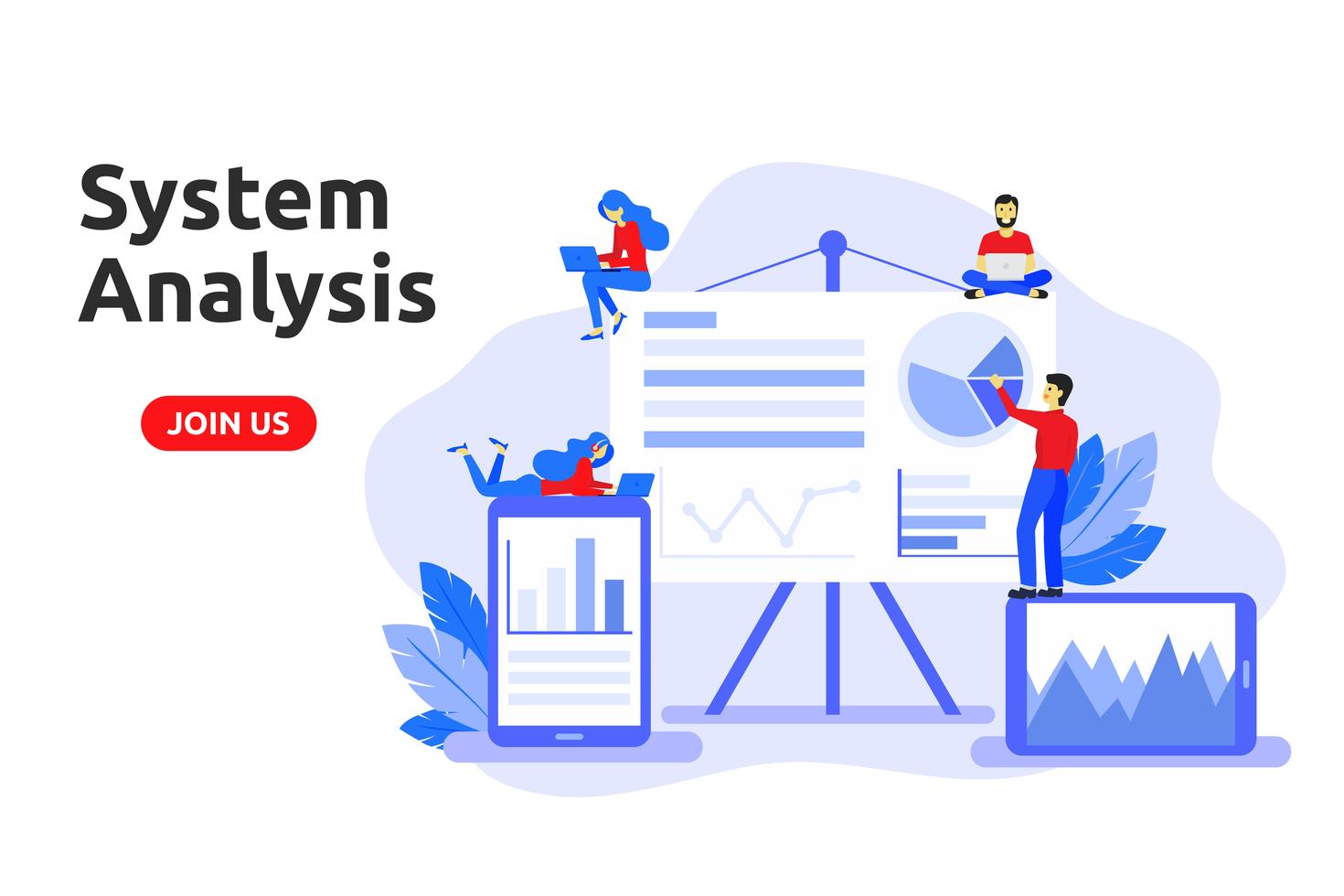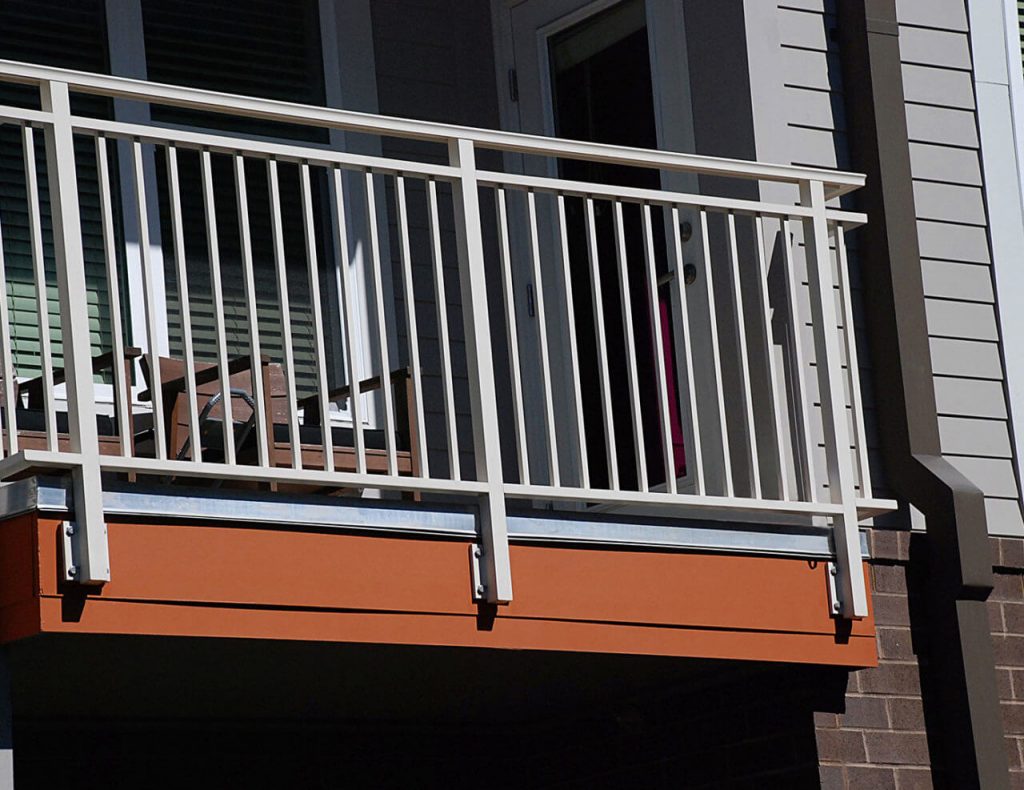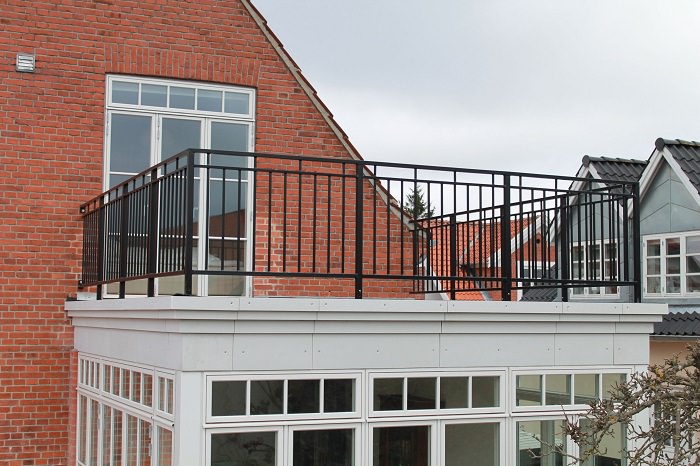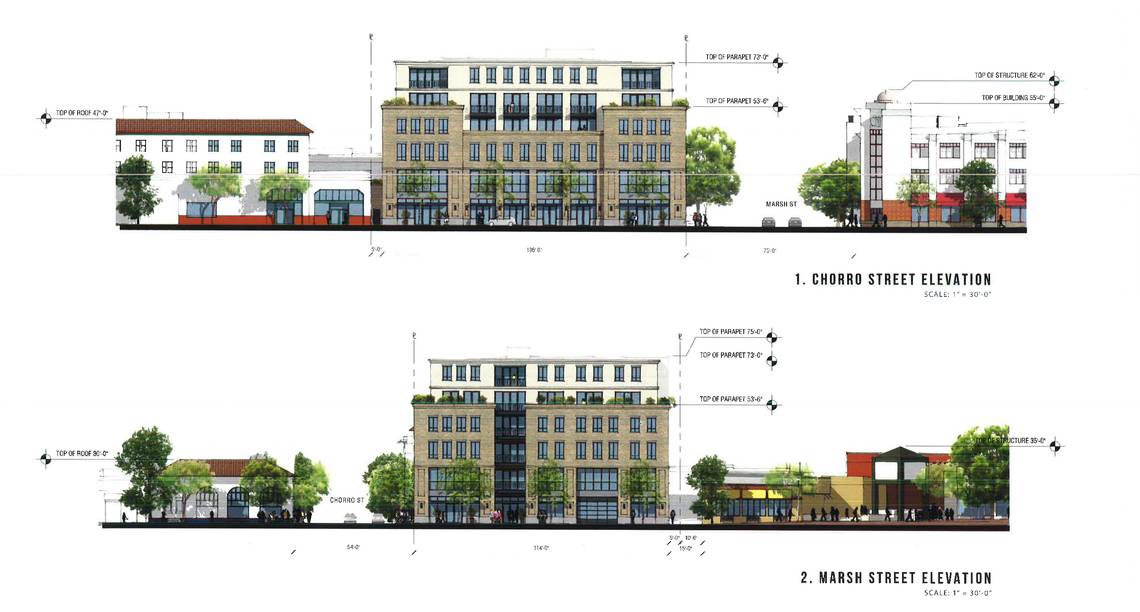Table Of Content

This architecture also takes the hardware and its components into consideration. The technical aspects of the software are then outlined based on the customer requirements. This translation is typically done by a software engineer, documented alongside the PRD and submitted as a Request for Comments (RFC) before implementation.
Key components of system design
Systems analysts usually are responsible for preparing documentation to help users learn the system. In large companies, a technical support team that includes technical writers might assist in the preparation of user documentation and training materials. Design Systems is a focus that some designers, engineers, and other partners deliver to their peers in the form of guidelines, components, and other resources. Systems Design is a skill that engineers should possess when connecting different technologies together. Designing a scalable system that can handle increasing workloads and accommodate future growth can be challenging. System designers need to consider factors such as performance optimization, load balancing, and resource allocation to ensure scalability.
Steps for approaching this system design tutorial
A small team may not have the capacity—time, budget and people—to maintain a design system. They will prefer to focus on crucial tasks, such as product development and customer engagement, without diverting resources. This design system is more detailed than G Source, especially when it comes to their components and design patterns sections.
The Product Launch Process
This means that it has to look through less data rather than going through the entire database. Sharding improves your application’s overall performance and scalability. It’s common to be asked to design a distributed file system, such as GFS, in system design interviews. To prepare for this xview question, check out the System Design Interview resources in Grokking Modern System Design for Engineers & Managers.
Next steps for system design
Replication is the process of sharing information to ensure consistency between redundant resources. You can replicate software or hardware components to improve reliability, fault-tolerance, or accessibility. Replication is used in many database management systems (DBMS), typically with a primary-replica relationship between the original and its copies. The primary server receives all of the updates, and those updates pass through the replica servers.

System design is the process of designing the elements of a system such as the architecture, modules, and components, the different interfaces of those components, and the data that goes through that system. Database management systems (DBMS) are software systems designed to store, retrieve, and manage large amounts of data. System design plays a crucial role in determining the data structures, query processing mechanisms, and security measures implemented in DBMS. Top-down design starts with an overview of the system and progressively decomposes it into smaller modules and components.
What kind of Experience do you want to share?
It is important that prepared document must be updated on regular basis to trace the progress of the system easily. It is representation of organizational data which includes all the major entities and relationship. System analysts develop a conceptual data model for the current system that supports the scope and requirement for the proposed system.
This assumption happens most commonly when production is outsourced to other companies and is a mistake as the downstream effects could still be costly for the new product development schedule and budget. Generally known as the IDE, this is the development platform where engineers will actually code. Engineers will typically choose a programming language, select an IDE, customize it with extra tools and extensions, then connect it to a CI/CD tool for deployment to make the system design process easier. The software system design architecture is the organization of components and the intended workflow within the system. It shows how each sub-unit interacts with the other to perform various tasks within the system.
SYDE grad student literay work included in art exhibit at the UN Systems Design Engineering - University of Waterloo
SYDE grad student literay work included in art exhibit at the UN Systems Design Engineering.
Posted: Fri, 08 Dec 2023 08:00:00 GMT [source]
Keeping user experience and user interfaces consistent across the applications in your product is challenging. The presence of a design system alone is not enough to ensure alignment. Establishing a process to connect the design system with its implementation and distribution is key to achieving its ideals and benefits.
After a couple of blizzards, you might begin to distinguish the types of snow based on how well you can make a snowman or snowwoman, or sled down a hill (e.g. “sticky”, “hard”, “slick”). What is the difference between top-down and bottom-up design methodologies? If a product fails in the EVT phase, the final specifications can be opened up for modification and improvement. Once the system architecture is outlined, the operating system (OS) is chosen to meet the technical specifications. The PCB may be part of a larger board and thus, after its fabrication, all other components of the main controlling board are carefully placed in layout order and prepared for the final design assembly.
As the size of the data grows beyond a certain point, this data storage method can become a hassle. The files are stored in folders, which are then stored in directories. This storage method is only good for a limited amount of data, primarily structured data.
Systems design requires a systematic approach to building and engineering a system. A good system design requires engineers to think about everything in an infrastructure, from the hardware/software, down to the data and how it’s stored. Design system testing is vital for the integrity of the UI library and the products it serves.
After all, if your employees, customers, and visitors are satisfied, this will create a higher level of cohesive harmony across your business and its products and services. The Cisco UCS X-Series is a versatile and innovative computing platform that elevates the concept of a modular system to new heights, offering a flexible, future-ready solution for the modern data center. The X-Series is designed with a composable infrastructure that allows dynamic reconfiguration of computing, storage, and I/O resources to match specific workload requirements. These systems bring several advantages to the design and development process. However, a person working on a design system might not be the person creating it.
This article explores design system testing, when to test, roles and responsibilities, procedures, and tools teams use to conduct various tests. When naming components in a design system, it’s important to use a consistent naming convention. This will make it easier for people to find and use the components in your design system. Keeping UI consistent in, and across, digital touchpoints within a product can be hard, even when you have a design system. SQL joins allow us to access information from two or more tables at once. They also keep our databases normalized, which ensures that data redundancy is low.
Going top shelf with AI to better track hockey data Systems Design Engineering - University of Waterloo
Going top shelf with AI to better track hockey data Systems Design Engineering.
Posted: Wed, 13 Mar 2024 07:00:00 GMT [source]
If the system is not scalable, with the increase in users, it is very likely that the system will crash. Software architecture is a way in which we define how the components of a design are depicted design and deployment of software. Compliance and security go together like peanut butter and jelly, as a custom operating system allows stricter compliance enforcement than anything off the shelf could provide. With the use of integrated drift detection, automated compliance monitoring and enforcement becomes second nature—not a process. When security is baked in at the conceptual level, your device strategy becomes secure by design. With direct control over updates, rapid deployment of security patches isn’t just a pipe dream—it’s reality.
System design requires a systematic approach to building and engineering systems. A good system design requires you to think about everything in an infrastructure, from the hardware and software, all the way down to the data and how it’s stored. As a software developer, you’ll be increasingly expected to understand system design concepts and how to apply them. In the early stages of your career, learning system design will allow you to tackle software design problems with more confidence and apply design principles to your everyday work. As you progress through your career and begin interviewing for higher-level positions, system design will become a larger part of your interview process. Consumers and developers alike will benefit from an ecosystem where multiple hardware makers build on a common platform.



















